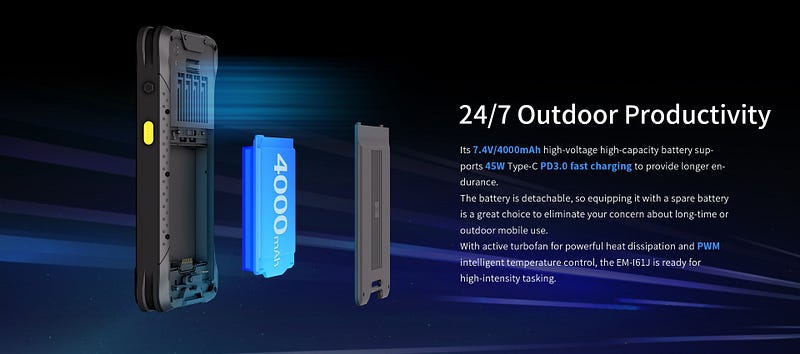In an era defined by constant connectivity and the seamless integration of technology into our daily lives, the security of personal devices is paramount. Windows 10 PDAs (Personal Digital Assistants) play a crucial role in managing our digital realm, and ensuring their security is not just a preference but an imperative. This passage explores the strategies and features that make Windows 10 PDAs robust guardians of your digital realm.
Robust Authentication Measures: Fortifying Access
Security begins with access control, and Windows 10 PDAs offer a range of robust authentication measures to fortify your device. From traditional password protection to more advanced methods like PINs, fingerprint recognition, and facial recognition through Windows Hello, users can choose the level of security that aligns with their preferences. These authentication measures act as the first line of defense, safeguarding your PDA against unauthorized access.

Device Encryption: Shielding Your Data
Windows 10 PDAs prioritize data security through robust encryption measures. Utilizing technologies like BitLocker, these devices encrypt the data stored on the device, rendering it inaccessible to unauthorized users. In the event of loss or theft, this encryption serves as a powerful shield, protecting sensitive information and preserving the integrity of your digital realm.
App Permissions and Privacy Controls: Empowering User Control
Windows 10 PDAs empower users with granular control over app permissions and privacy settings. Users can manage what data and features individual apps have access to, ensuring that sensitive information is not unnecessarily exposed. This level of control enhances user privacy and reduces the risk of potential security breaches through unauthorized app access.
Regular Security Updates: Bolstering Defenses
A fundamental aspect of Windows 10 PDA security is the commitment to regular security updates. Microsoft consistently releases updates that not only introduce new features but also address security vulnerabilities promptly. Users benefit from an ever-evolving defense system that adapts to emerging threats, ensuring that their PDAs remain resilient in the face of evolving cybersecurity challenges.

Conclusion
Windows 10 PDA security is not just a feature; it’s a comprehensive strategy designed to fortify your digital fortress. From robust authentication measures to device encryption, app permissions, and regular security updates, these devices prioritize the protection of your digital realm. As users navigate the interconnected landscape of personal and professional tasks, the assurance of a secure PDA becomes a cornerstone in preserving the confidentiality and integrity of their digital lives. By embracing these security features and staying vigilant against potential threats, users can confidently entrust their Windows 10 PDAs with safeguarding their digital realm in an increasingly complex and interconnected digital environment.